The rumors began swirling that Canon was soon going to release a new version of one of its “bread-and-butter” focal lengths. The rumors said the f/2.8 version, or was it the f/4 version? It turns out that it was both, with Canon announcing both a Mark III version of its venerable EF 70-200mm f/2.8L IS (one of the most commonly used lenses in the world by professionals) and a Mark II of the smaller-but-equally excellent f/4 lens. That lens, the Canon EF 70-200mm f/4L IS II USM, is the subject of our review here today. The f/4L II (as we’ll refer to it for brevity’s sake), is not as widely used as the bigger, more expensive f/2.8 version, but for many people it hits the sweet spot for their needs.
A 70-200mm f/2.8 lens is perhaps the most indispensable tool out there if you are an event, portrait, or wedding shooter, but there are some misconceptions. People value that larger f/2.8 aperture for a couple of reasons. The first is the light gathering potential, which is exactly double that of a lens with a maximum aperture of f/4. So, for example, in an event like a basketball game, an f/2.8 lens would allow a shutter speed of, say, 1/400th of a second (fast enough to stop most action), while an f/4 lens would only allow a 1/200th of a second shutter speed (which would introduce some motion blur). The only way to counteract this is by increasing your ISO to compensate, but there are, obviously, practical limits to this before your image quality is reduced by high noise, poorer dynamic range, and somewhat washed out colors.
The second reason that people value the larger maximum aperture of f/2.8 is because of the more shallow depth of field it creates, which gives that amazing “cut-out” look where your subject is completely isolated from the background, which will often become a soft blur of colors if the subject is some distance from the background. It’s a great look that gives a professional quality that cannot be matched by someone’s phone, point-and-shoot, or even a kit lens. If your subject is 10 feet from the camera, and you are shooting at the telephoto end (200mm) and f/2.8, the depth of field (area in focus) will only be 1.5” (4cm), which means that the background will be beautifully blurred.
These things are definitely true (and I use such a lens often for my own work), but I mentioned misconceptions for a reason. If someone is shooting in a well-lit setting, an f/2.8 lens may not be necessary at all. Modern cameras have also made huge strides in their performance at higher ISO settings, resulting in far less penalty for cranking the ISO up to accommodate an f/4 rather than f/2.8 lens. Furthermore, the telephoto nature of this focal length means that subject isolation is still excellent with the f/4 lens. Using my same scenario from before, the depth of field with this f/4 lens is still only 2.19”/6cm, which is really not dramatically different in real world settings. Look at the image of the bird above – that depth of field is pretty shallow, and that image was taken from closer to 20 feet away. In fact, you will have to learn to stop a lens like this down if you want to get more features of a persons face in focus, or, if you have a few people in a group, to make sure that all of their faces are in focus.
My point is that many people who think they need an f/2.8 lens at this focal length might be surprised to find that an excellent f/4 lens like this might actually suit their purposes better. The advantages of the f/4 lens are in size and weight. The new f/4L II weighs in at 1.72lb (780g) compared to the 3.26lb (1480g) of the new f/2.8L III (which is actually 10g lighter than the previous generation lens.) That means the f/4 lens is roughly 53% the weight. The difference in length isn’t as significant, as both are internally zooming lenses (nothing extends during zooming). The f/4L II is 6.93” (176mm) compared to 7.83” (199mm), though it is also slimmer (3.15” vs 3.5” or 80mm vs 89mm). For someone accustomed to an f/2.8 lens (like myself), I’m always pleasantly surprised by how “small and light” the f/4 lenses are, though that will obviously be less true for someone coming from, say, a Canon 55-250mm APS-C zoom. There are a few other areas where these lenses distinguish themselves which we will explore in this review.
So is the Canon EF 70-200mm f/4L IS II the lens for you? Read on to find out!
Prefer to watch your reviews? Check out my thorough video review here:
Check me out on: Google+: | Facebook: | Twitter: | Flickr: | 500px: | Sign Up for My Newsletter :
Canon 70-200mm f/4L II Build and Handling
Watch this video to get an in-depth look at the build and design of the f/4L II.
The f/4L II has received some significant improvements to what was already an excellent build. The lens now has more thorough weather sealing throughout and now includes premium fluorine coatings on both external elements. The fluorine helps resist scratching, but also has the added benefit of repelling water and oils, meaning that fingerprints don’t stick as much and that the lens will be easier to clean. I feel more confident in not using a protection filter personally when the lens has received these coatings. The barrel is mostly metals, and the rubber on the zoom rings feels premium. The build is now very close to that of the f/2.8 zooms, which is to say very, very good.
Many people will prefer the position of the zoom and manual focus rings over that of the Tamron. There doesn’t seem to be fixed standard for the order of these rings, as the Tamron is opposite…but so are lenses from Canon (the 70-300L comes to mind). Most people seem to be more familiar with the zoom ring closer to camera as opposed to towards the front of the lens. The zoom and focus rings are nice and wide and well-ribbed. I like the ergonomic feel of the rings themselves. One area that I really like about the design is the flaring out of the zoom ring, a rather unique touch.
Many lenses have a flare in the barrel at some point to accommodate larger internal elements, but typically that flare happens in the barrel materials and not in the ring itself. I feel like this design has some practical value, too, as it gives some tactile feedback as to what ring the hand is on when your eye is pressed against the viewfinder.
I strongly prefer the feel of the manual focus ring’s ribs on the f/4L II over those of the Tamron lens, and the MF ring is wider and easier to find, too. But there is a certain ergonomic logic to Tamron’s approach, too, as while I really like the wider and more deeply ribbed rings on the Canon, I also encountered an issue that I didn’t with the Tamron. The position of the zoom ring is that it occupies the natural place where my hand rests to support the lens. I’ve found on a number of shots where I was looking to have the full 200mm of focal length engaged that I actually have 190mm or 196mm due to a slight rotation of that ring simply by having my hand there to support the lens. There isn’t really another place to put one’s hand because the rings are so wide.
One of the updates to the Mark II version of this lens slightly more robust physical controls. The previous version had the focus limiter (which the Tamron lacks) as well as a mode switch for the IS (which the Tamron also lacks), but the f/4L II adds one more mode position to the 4th switch on the barrel. There are now three different selectable modes for the IS (Image Stabilization) system. The first mode is the standard mode, which seeks to balance stabilizing the viewfinder and the captured image. The second mode is for panning, and it will stabilize only the vertical axis so that you can follow movement without interruption. You can also drag the shutter a bit (shoot at a low shutter speed), and, with practice, can produce sharp moving subjects while blurring the background. The third mode is the new one for this lens, and it seems to function like Tamron’s “Capture Priority” mode, which foregoes stabilization of the viewfinder and focuses on providing the best possible stabilization of the actual image capture. It allows you to have very natural movement when following action while still having the benefit of IS when you click the shutter.
The best IS mode for you will depend on your shooting preferences and also the situation you find yourself in. The IS system is improved in general, with it now rated at 5 stops (which seems to be the top of the industry standard right now). Beyond that, however, it is much quieter and smoother in operation, lacking the loud, buzzy quality of the previous generation lens. You can hear a slight noise when it begins operation, but after that you have to put your ear next to the barrel to hearing any of the faint whirring that goes on while the IS system does its thing. It is quiet enough that it shouldn’t be detectable in any but the quietest of conditions and shouldn’t negatively impact audio capture while shooting video.
The focus limiter has two options: full (no limiting) or 3m to Infinity. This is useful when you are in situations where you won’t be focusing closer than that as it will improve both focus speed (a good portion of the focus range is eliminated) and will also avoid a large focus “rack” (the AF runs through the whole focus range) when focus is missed. This has an additional benefit with the new f/4L II because the minimum focus has been reduced by 20cm on the new lens over the old lens. It can focus down to 3.28’ (1m) rather than 3.94’ (1.2m), which helps improve the maximum reproduction ratio to 1:3.7 (0.27x) rather than 1:5 (0.21x). This is very, very useful, though the Tamron’s 0.32x magnification is better still due to both being able to focus more closely and having ten extra millimeters in focal length.
Both of these improvements are incremental but add up to a more complete lens.
Canon has changed the shade of paint on it’s “white” lenses over the past couple of years, and the f/4L II receives that newer shade. It’s a little brighter and whiter looking compared to slightly yellow tinted older shade, and is arguably more attractive.
I’ve noted in times past that Canon’s L series lenses hold up very well over extended use. I’ve often used them for several years, and, when going to sell them, had buyers remark that they still looked new. Canon does a great job with the finish on these lenses. The included lens hood has a flocked exterior finish, which, while not quite as sleek as some of the smooth satin finishes of competing lenses, is much more resistant to fingerprints and, more importantly, marks and scratches from everyday use.
Also included is a lens pouch that will be instantly familiar to anyone who has purchased other Canon L series lenses in the past. It has some padding at the bottom, but little real protection value elsewhere. If you want a case with some real protection value, I would recommend purchasing this lens case. The f/2.8 variants all come with a more premium padded case, and, frankly, at the price of this lens, such a case should be included with the f/4L II. What also isn’t included with the f/4L II is the tripod collar/foot (though, again, the f/2.8 versions do include this). The reality is that many people won’t miss a tripod collar on a lens with a moderate weight and size like this lens, but, if you are one of those who do value having a tripod collar (you do a lot of tripod or monopod work, for example), then know that it will come at an additional cost.
And it isn’t cheap. The current price for the AII Tripod Mount Ring is $164.95. I recently reviewed the Tamron 70-210mm f/4 VC lens, and, while it also doesn’t include the tripod collar, the A034TM is less expensive ($139), and, more importantly is ARCA compatible. Something ARCA-Swiss compatible means that it is designed in such a way that it can mounted right on most tripods and tightened down without needing to use a quick release plate. I personally really value this feature, as it saves valuable time during the transitions where I’m often in a hurry to get a shot. Why Canon does not make it’s tripod feet ARCA-compatible is beyond me.
The aperture blade count has increased by one to nine, which better enables the lens to have a more rounded aperture iris when the lens is stopped down and can result in smoother bokeh at smaller apertures. The front filter size has increased from 67mm to 72mm, which isn’t a big deal on the filter end but will [hopefully] result in a little less vignette. The optical formula is the same in terms of element count (20 elements in 15 groups), but the change in the front element size is proof that the optical formula is changed.
I’m a fan of the look and handling of this lens. I’ve detailed some negatives, yes, but the sum total is a lens that I’ve really enjoyed using. It feels exceptionally well built and operates as it should.
Canon 70-200 f/4L II Autofocus
This leads us to one of the key areas of improvement for the f/4L II. In many ways the autofocus system in the original f/4L IS lens was very good (though some have reported an issue of the focus system failing in a specific way). I’ve owned two copies of the lens personally, however, and never had any issues with the focus system. I think that part of Canon’s logic in updating their primary zoom lenses is to address the changing nature of autofocus…and the changes yet to come. When the first f/4L IS lens was released, video AF was simply not on anyone’s radar. People weren’t really using DSLRs for video…but that has changed in a big way.
What has also changed is the advent of Canon’s DPAF (Contrast AF) focus technology in Live View, which radically changed the way that Live View could be used. DPAF technology has proliferated over essentially Canon’s whole lineup at this point, and in many ways focus is as fast with DPAF as it is with Phase Detect (viewfinder) autofocus. But the nature of Contrast AF is different, and when using it for Video Servo AF (continuous autofocus) the priorities are different. Video Servo AF values smoothness and quietness over speed, and I have often found that older USM lenses really don’t do very well when used in this fashion. The focus motors are surprisingly loud (surprising because they aren’t loud when used for stills), tend to hunt for focus constantly, and just aren’t smooth in operation. The bottom line is that they aren’t tuned well for this kind of application.
While the focus system in the new Canon zooms is still a USM-style focus motor, it has now been tuned to work better in the new hybrid-environment of modern DSLRs. It is very fast when used in Live View for autofocus in stills, with autofocus in Live View roughly as fast as when using the viewfinder.
When shooting video, the behavior of the focus motor is vastly improved. It transitions smoothly and confidently, and the noise when changing focus is much quieter than older USM focus motors (though still not as quiet as STM or Nano-USM). I did detect a little focus noise when shooting video and recording audio in-camera, but it wasn’t pronounced. The focus precision was good, and there wasn’t any pulsing or hunting.
This hybrid behavior is important too for the nature of mirrorless focus systems. I personally suspect that part of Canon’s motivation in releasing new versions of its key lenses is to better place them for use in a future full frame mirrorless camera. I’m hoping that the timing of these releases is an indicator than Canon will leverage the EF mount in some way with their full frame mirrorless.
In the meantime, I can report that the f/4L II works well with the EF adapter on the Canon EOS M5 camera (including for video Servo AF). I let a colleague use the lens on her M5 while shooting a children’s camp together. She reported that every now and then focus during video would get stuck, but touching a new focus point on the screen would get things moving again.
I also used the lens via the Sigma MC-11 on the Sony a7R3 and found that, for the most part, I was quiet happy with the performance. In most settings focus was quick and accurate…even when tracking some boys running through an obstacle course. Every now and then the focus would get stuck and wouldn’t focus (as per usual), and this seemed more likely to happen when trying to focus at distances under 8 feet. I had to revert to manual focus a few times when trying to focus on a child’s face from 4-6 feet away. Most of the time, however, focus was excellent, and I actually really enjoyed the flexibility afforded by hitting the C1 button on my a7R3 (which I have programmed to APS-C mode) and having the advantage of the different framing options afforded by Sony’s 1.5x crop factor. The 18MP of APS-C mode is sufficient for the event work I was doing at the time, and, since I was delivering JPEGs in the form a slide show every evening of the summer camp I was shooting, this saved me doing any cropping in post. The focus on the a7R3/MC-11 combination was typically quick and quiet, and was always accurate. Here’s some images captured with the combination:
I love the fact that Tamron and Sigma provide the ability to fine-tune focus through their Tap-In/USB Dock accessories, and, particularly with Tamron, I’ve been able to really refine focus and get very accurate results (my 45mm f/1.8 VC, 85mm f/1.8 VC, and 70-200mm f/2.8 G2 lenses all give me pretty much the best focus results I’ve ever gotten from a third party lens…and also pretty much as good of focus results as any lens). Still, I have to say that it is refreshing to pull the Canon lens out of the box and just start shooting with it. I have felt that my focus accuracy was good enough that I haven’t felt the need to calibrate the lens further (though if I were to own the lens I would certainly do so). My point is that focus accuracy out of the box has been very good with the f/4L II.
There can be some pulsing in AF Servo mode in some situations. Ironically it is actually worse with a single AF point chosen, and I’ve gotten the best performance using a small group of points supporting a center point on my Canon 5D Mark IV. This seems to occur most often when trying to focus on a close subject with a busier background. I didn’t encounter it often, but did encounter it on several occasions during my review period. For the most part, however, I had no problems keeping up with action using the lens:
The lens played nicely with the Canon Extender 1.4x III well, too, with very little change in autofocus behavior with the extender attached on my Canon 5D Mark IV body.
In short, other than a few minor hiccups, autofocus performance was excellent from the Canon EF 70-200mm f/4L IS II USM. I vastly preferred the autofocus performance to that of the Tamron 70-210 VC (in Phase Detect – the lenses were roughly similar in Contrast AF), and if I were personally choosing between the lenses, I think I would save up the extra money and purchase the Canon lens.
There is one more consideration because of price, however. The Tamron 70-200mm f/2.8 G2 lens is actually the same MSRP as the f/4L II (and includes the tripod collar in the box!). It’s autofocus is much more competitive with the f/4L II, as is its feature set. But what about optical performance? Stay tuned to find out!
Canon 70-200 f/4L II Image Quality
A lot of the talk centering around these two new 70-200 lenses has been about their image quality improvements (or lack thereof). I’ve heard some apologists using the counterarguments that these lenses were near “perfect” optically already, though one could question if that were the case why there was any need to release new versions of the lenses. I personally think that Canon had other reasons for updating these lenses (some of which I’ve already detailed) than optical performance, though I do think there is more optical improvement in f/4 lens than the f/2.8 (which reportedly is mostly changes in coatings). The f/4 lens does have an updated optical formula, and, while it shares the same number of elements and groups (20 elements in 15 groups – which is pretty close to being the same as Nikon, Tamron, and Sony’s own 70-200mm f/4 lenses), it has a new front element size, which shows that the optical formula (at least when it comes to that front element) has been tweaked.
Still, expect the image quality improvements to be incremental, and there is truth to the statement that Canon was starting with an exceptional lens already – a lens that some considered to be Canon’s best lens covering this focal length. Let’s take a look at the image quality in detail.
Resolution
I’ve used two optical benchmarks for comparison purposes here. They are two third party lenses – Tamron’s 70-210mm f/4 VC (the most recent lens release covering this focal length) and their SP 70-200mm f/2.8 VC G2 lens (a fantastic lens that shares the price point with the f/4L II). I would recommend that you watch this video segment to see the detailed analysis of how all of these lenses compare:
At 70mm I observed that both the Canon and the Tamron 70-210mm exhibited minor amounts of barrel distortion and vignette. Somewhat surprising to me was the fact that the Tamron showed slightly better light transmission despite the growth in the front element of the f/4L II. It’s not significant, but I estimate the Tamron had about a one-third stop advantage in light transmission through 135mm, where the lenses seemed to equalize. Here’s a look at the full image at 70mm:
The Canon exhibited slightly better contrast levels (though not by much) along with a slightly better edge/corner performance. When stopped down to f/5.6 the results remained roughly similar, though the differences are even harder to spot.
At 100mm there is little to distinguish the two lenses. The Canon has a hair more contrast and its sharpness extends further into the extreme corners by a percentage point or two. Stopped down even to f/5.6 there isn’t enough difference between the lenses to be measurable in real usage.
At 135mm the Canon suffers from a little more vignette than the Tamron. The sharpness and contrast is more similar than different in the center and across most of the frame. The extreme corners favor the Canon. When stopped down there is little distinguish the two lenses.
To this point, you might be tempted to ask why someone would choose the Canon and its higher price tag over the Tamron, but at least part of the reason becomes clearer at the telephoto end, where the Canon opens up a decided advantage.
At 200mm (210mm for the Tamron) the Canon is clearly sharper across the frame wide open, with higher resolution and contrast. When stopped down the gap, if anything, widens. The Tamron doesn’t really improve a lot stopped down, while the Canon moves to nothing short of exceptional levels.
This is arguably the most important point in the focal range, and the f/4L II nails it. This latter point is important, too, as it is the focal length that will be most utilized if you want to extend the reach of the lens by adding an extender. I used Canon’s 1.4x Extender III to good effect, reaching 280mm of reach (at f/5.6). I thought I detected a mild amount of image softening, but resolution still looked very good as you can see from these samples.
I would call the Canon 70-200mm f/4L IS II a more useful lens than the Tamron in this regard.
As mentioned previously, the competition is much stiffer if you put the lens up against Tamron’s f/2.8 G2 lens. The G2 is generally as good at f/2.8 as the Canon is at f/4, which means that it slightly betters the f/4L II when stopped down to equal apertures (and with less vignette to boot). The chief advantage the Canon has is that the G2 lens suffers from “focus breathing”, meaning that it doesn’t reach its full focal length at close distances (it only becomes a true 200mm at 30+ feet). There are definitely other reasons why someone might prefer a f/4 lens (size and weight), but if price is the main concern, the G2 is a worthy choice.
Rendering
It has become my habit to break image quality down into two categories. The first is resolution, which includes sharpness, contrast, and longitudinal chromatic aberrations (which impact contrast). The second category is rendering, which covers things like bokeh, color rendition, lateral chromatic aberrations, flare resistance, and the general “feel” of the images produced by a particular lens.
The f/4L II is a strong performer in the rendering department. The images produced by the lens are generally excellent. The low chromatic aberrations produce a lot of punch to images, and I feel like the lens really shines in its color rendition. Here’s a few standout images that demonstrate what I’m talking about.
The bokeh from the lens in most situations is very nice. There is a bit of geometric distortion of bokeh highlights along the edges of the frame (cat-eye or lemon shapes), which is very common. In general the combination of sharpness on the focal plane and softness in the defocused areas is really excellent.
The lens is somewhat susceptible to flare, with a significant amount of veiling (loss of contrast) with the sun right in the frame. Ghosting isn’t particularly bad, however, with only a few small blobs of color extending into the frame.
I’m a big fan of the quality of images you can get with this lens, and it really delivers in the image quality department.
Here’s a few more sample images, and you can see more in the Image Gallery here.
Conclusion
Some have questioned whether this lens is a worthy upgrade, if enough has changed. If you are looking for a revolutionary improvement over the previous generation lens (perhaps considering updating), that might be a hard choice, but there is no doubt that this is a significantly improved lens on a number of levels. The build is improved, the autofocus is improved, and the image quality is improved. There is no single thing that jumps out at you, but the sum total of the improvements add up to what I believe is the best f/4 lens that covers this focal length. The price tag is at the high end of the spectrum, but so is the performance of the lens. There are solid alternatives to this lens, but if you want the best 70-200mm f/4 lens, the Canon EF 70-200mm f/4L IS II is the one to get.
Pros:
- Improvements on an already great build
- Good ergonomics and handling
- Improved image stabilizer
- Additional IS mode
- Smoother, quieter autofocus and IS systems
- Better functionality in DPAF and Video Servo AF
- Very strong 200mm performance
- Works well with 1.4x extender and quite well with adapters
- Excellent contrast, color, and very low CA
Cons:
- Prone to some veiling when bright lights are in the frame
- Incremental improvements only
- Price tag is at the top of the segment
Gear Used:
Canon EF 70-200mm f/4L IS II: B&H Photo | Amazon | Amazon Canada | Amazon UK | Amazon Germany | Ebay
Canon EOS 5D Mark IV (5D4): B&H Photo | Amazon.com | Amazon Canada | Amazon UK
Sony a7R III Camera: B&H Photo | Amazon | Amazon.ca | Amazon UK | Ebay
Peak Design Slide Lite: Peak Design Store | B&H Photo | Amazon | Amazon Canada | Amazon UK
BenQ SW271 4K Photo Editing Monitor – B&H Photo | Amazon | Amazon.ca | Amazon UK
Adobe Photoshop Creative Cloud 1-Year Subscription
Alien Skin Exposure X2 (Use Code “dustinabbott” to get 10% anything and everything)
Purchasing your gear through B&H and these links helps fund this website and keeps the articles coming. You can also make a donation here if you would like. Visit my Amazon page for some of my gear of choice! Thank you for your support.
Great News! I can now offer a 5% discount on all purchases at Amplis Foto, Canada’s Leading Photographic Supplier. Please enter discount code: AMPLIS52018DA in your cart. It is good for everything in your cart, and is stackable with other coupons, too! It will take 5% off your entire order! Proceeds go towards keeping this site going and providing you with new reviews!
Check me out on:
My Patreon: | Google+: | Facebook: | Twitter: | Flickr: | 500px: | Sign Up for My Newsletter :



Keywords: Canon 70-200 f4 ii, 70-200, f/4L, IS II, USM Canon EF 70-200mm f/4L IS II, Canon 70-200 Review, Canon 70-200 f4 is ii, Canon, f4 is, f4 IS ii, Canon 70-200 f4 is ii review, Dustin Abbott, Photography, Sample Images, Video Test, Real World, Tamron 70-210 VC, Tamron 70-210, Comparison, Test, AF



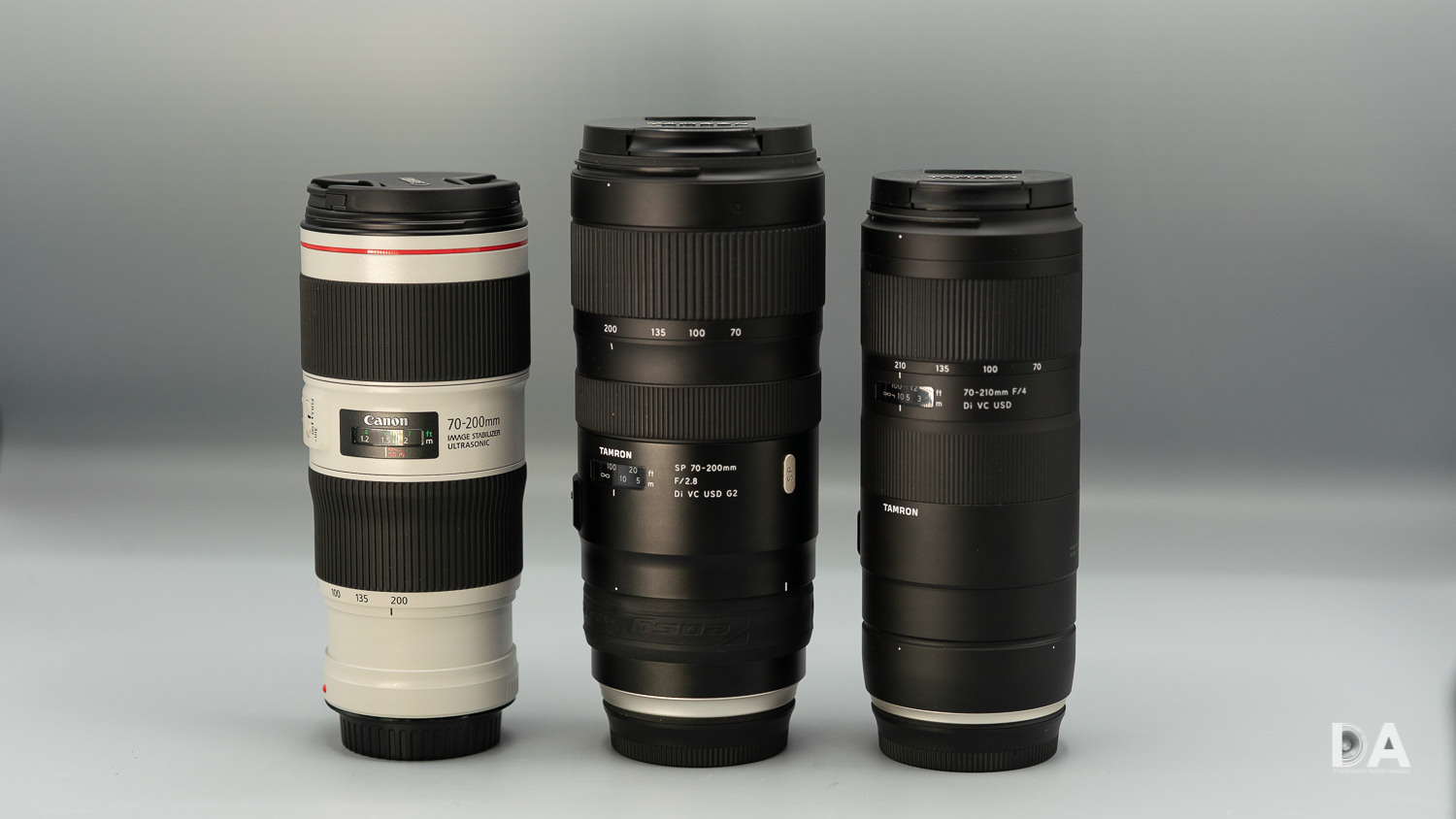


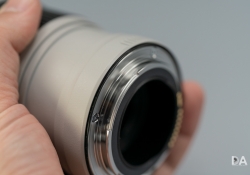
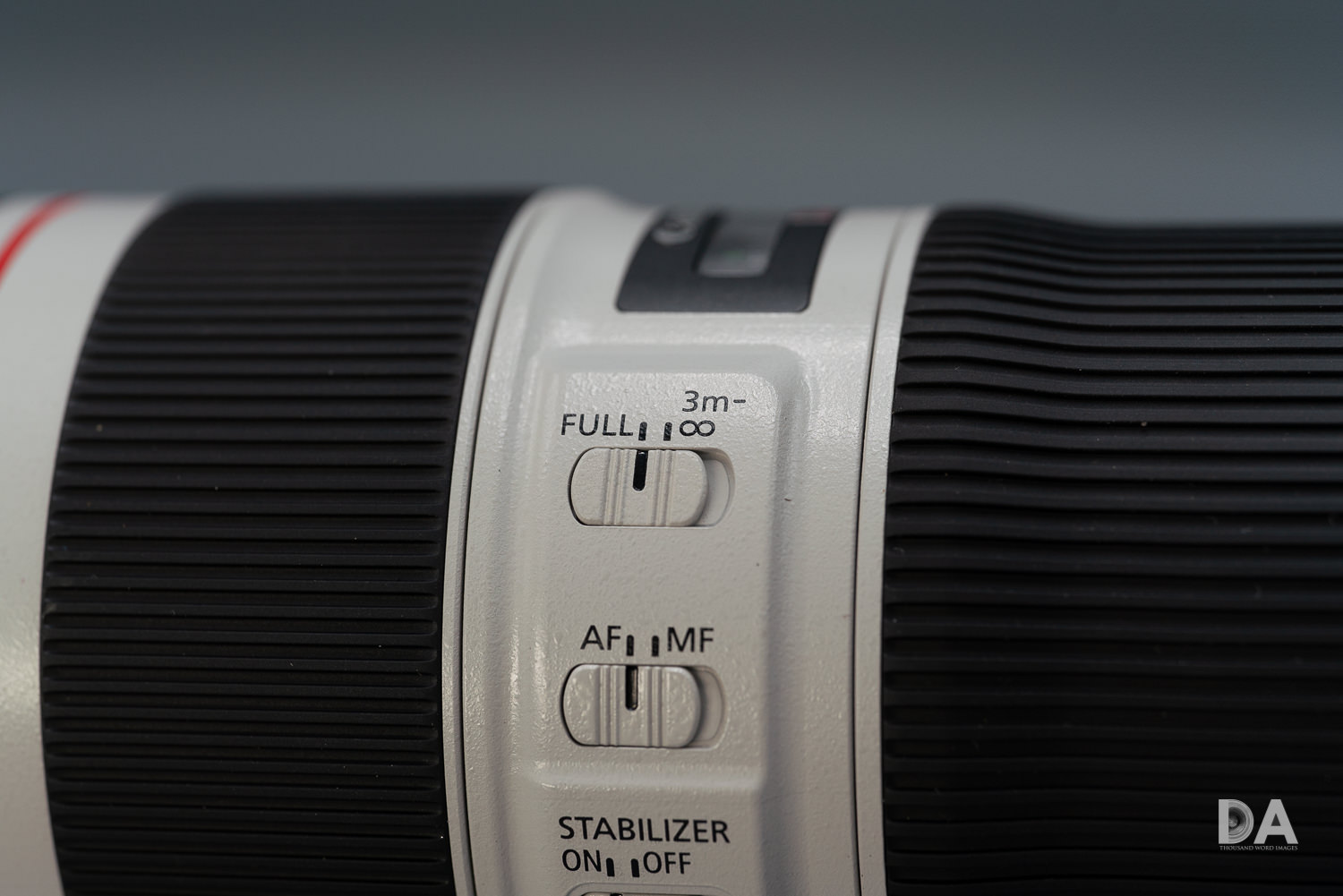


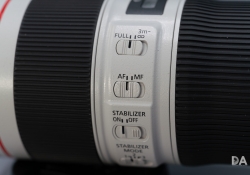
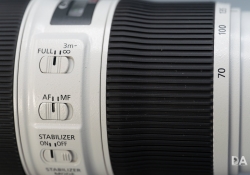

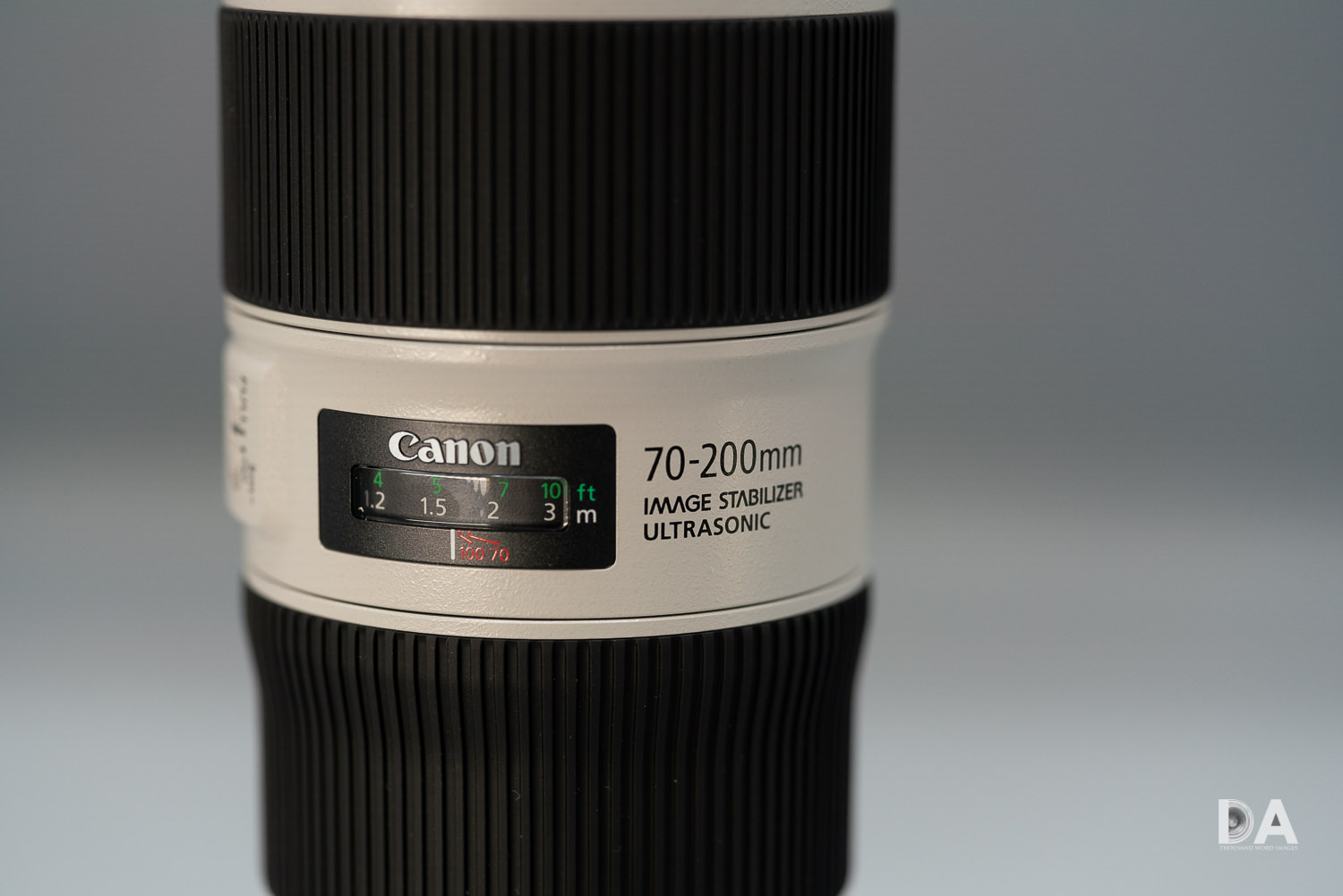
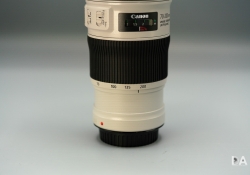
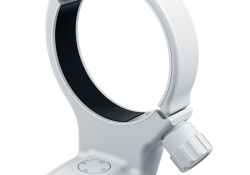














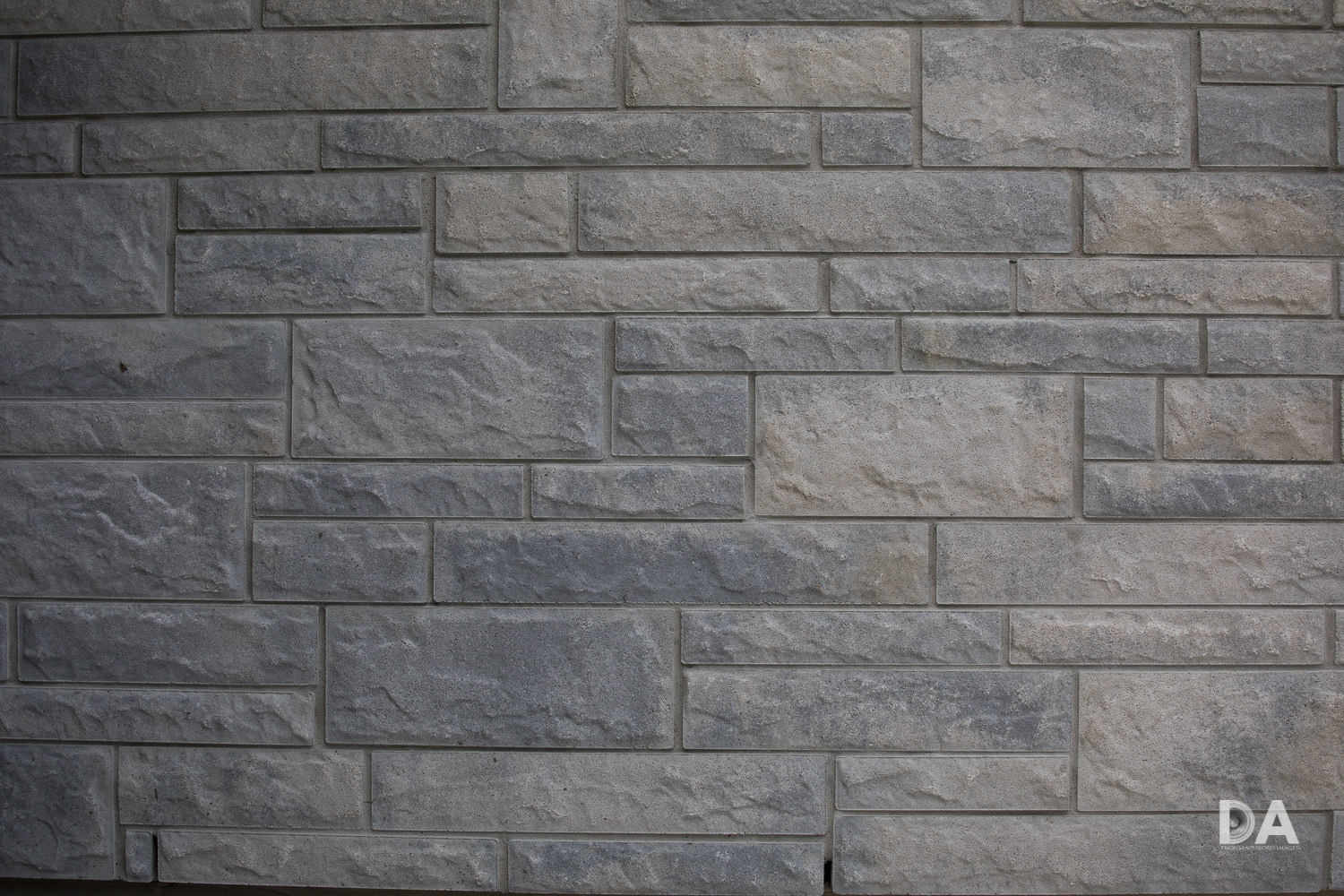

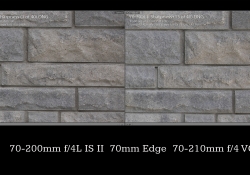
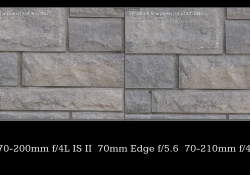
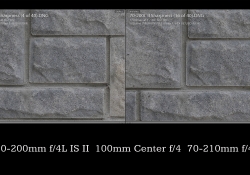

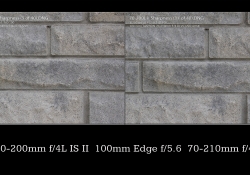


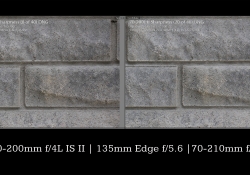
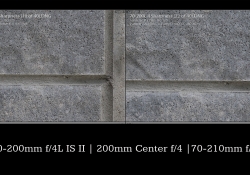
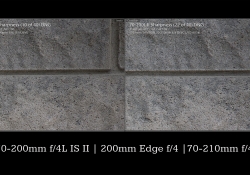
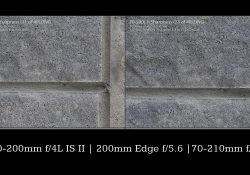






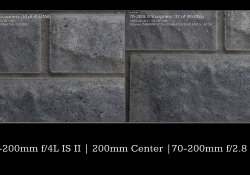
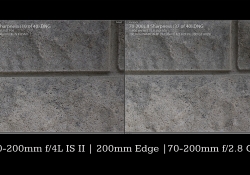
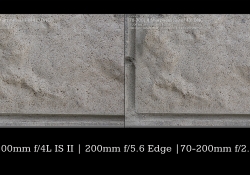






















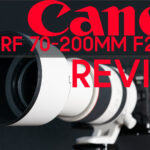



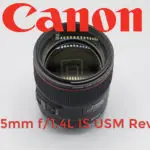



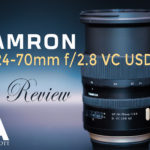
[…] Dustin Abbott […]
[…] D. Abbott’s review comes with a huge set of sample photo of the lens. See his conclusion below. […]
[…] tanto os tendréis que conformar con el muy amplio análisis que Dustin Abbott publica en su […]
[…] Dustin Abbottがキヤノンの交換レンズ「EF70-200mm F4L IS II USM」のレビューを掲載しています。 […]